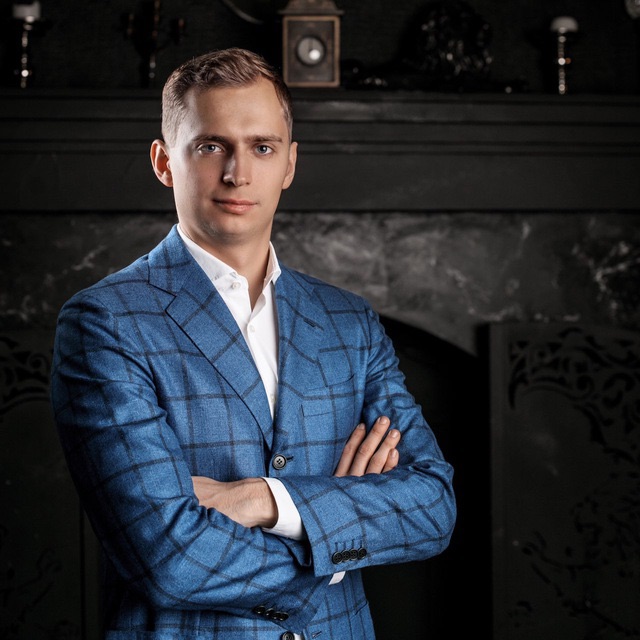4,269 reads
Predicting The NFT All-Time High
by
January 16th, 2021
Audio Presented by

Founder & CEO of Jets.Capital, an private investment fund; founder & CEO of Listing.Help agency and Blockchain Life.
About Author
Founder & CEO of Jets.Capital, an private investment fund; founder & CEO of Listing.Help agency and Blockchain Life.